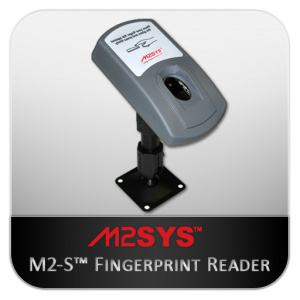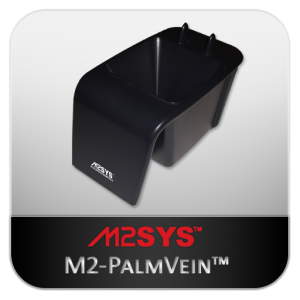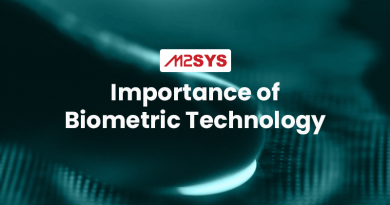The Top 5 Reasons To Consider Fujitsu PalmSecure Biometric Technology Over Fingerprint
 Ok, so you readily admit you are a biometric novice. You know that biometric identification is growing in prominence, offers many unique features and characteristics not available with other technologies like barcoding and personal identification numbers (PINs) and is an affordable option. However, what isn’t so clear is the difference between biometric readers in addition to the when, where and why of their use. Let’s try and shed some light on that by comparing fingerprint to palm vein biometric readers.
Ok, so you readily admit you are a biometric novice. You know that biometric identification is growing in prominence, offers many unique features and characteristics not available with other technologies like barcoding and personal identification numbers (PINs) and is an affordable option. However, what isn’t so clear is the difference between biometric readers in addition to the when, where and why of their use. Let’s try and shed some light on that by comparing fingerprint to palm vein biometric readers.
Fingerprint biometrics is the most widely used modality in the industry hands down. Well over half of all the biometric deployments across the globe are for fingerprint technology and it works very well in most situations. Despite this, fingerprint biometrics is not normally viewed within the industry as a “one-size-fits-all” solution. There are some subtle variables to recognize and keep in mind if shopping for a biometric system and considering fingerprint as your choice of reader. Variables that may not be obvious at first but could very well cause you to choose palm vein biometrics instead as the optimal hardware for your deployment.
You may not have considered these top 5 reasons to evauluate palm vein biometrics over fingerprint, but we assure you that they are important reasons to consider and deserve careful review before moving forward:
Reason #1 – Your workforce tends to have unfavorable skin integrity.
Many people work in industries that require the use of tools, chemicals and machines. Industries that are heavily dependent on the hands of their workers which may compromise skin integrity. Cuts, scrapes, scars, bruises, dryness, roughness, moisture and other skin conditions can render an individual’s fingerprint unreadable which can cause difficulties when using a fingerprint reader. Consider using palm vein technology instead which does not rely on skin integrity but instead uses near infrared light to map the vein pattern beneath your palm and uses that as the template for your biometric identification.
Reason #2 – Hygiene is of particular concern to you and your staff.
Fingerprint readers require direct contact with the sensor to scan and identify an individual. Direct contact can lead to periodic reader cleansing especially in environments that see a high volume of use. Palm vein readers require direct contact with a hand guide placed over the sensor, and theoretically a successful scan could be executed by simply hovering over the device. For those utilizing the hand guide however, the device is easy to clean and keep sanitary without compromising the performance of the actual biometric sensor.
Reason #3 – Maximizing return on investment.
Because fingerprint readers require direct contact with the sensor (see #2) which accelerates wear and tear on the device, the longevity of the reader tends to be shorter. Since palm vein readers do not require direct contact with any sensor to capture biometric credentials, they tend to last longer helping you to achieve a higher return on your initial investment.
Reason #4 – The stigma associated with fingerprint readers.

One of the most important aspects of deploying a biometric identification system is communicating to employees the safety and integrity of capturing and storing their biometric template data. There are those who consider the capture of their fingerprint visceral because of the stigma that an image being stored has the potential to be misused or stolen. Palm vein technology uses near infrared light to read vein patterns beneath the skin so the system is non-traceable – i.e. there is no latent footprint when a person enrolls and uses this type of system. Because vein patterns exist inside of the body, it is practically impossible to recreate someone’s biometric template.
Reason #5 – Palm vein technology is affordable.
For all of the distinct advantages that palm vein technology offers, it is an affordable alternative to fingerprint. You may think that switching to a biometric modality that uses near infrared light through a contactless sensor to map a vein pattern beneath the skin might be wildly more expensive than fingerprint but this is not the case. We have examples of customers who were originally using fingerprint and decided to switch to palm vein technology for one or more of the reasons listed above.
Contact us to learn more about how Fujitsu’s palm vein technology can work to your advantage if you are considering a biometric system or if you have a current system that uses fingerprint technology.
We’d like to hear from our palm vein users – how has using Fujitsu’s palm vein reader been an asset to your biometric system deployment? Please share your thoughts in the comments section below.











Very Cool!
Wow- Makes sense!